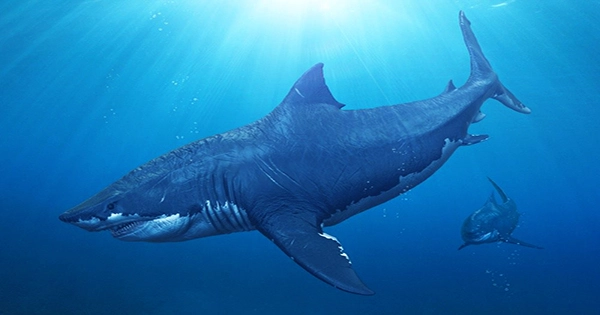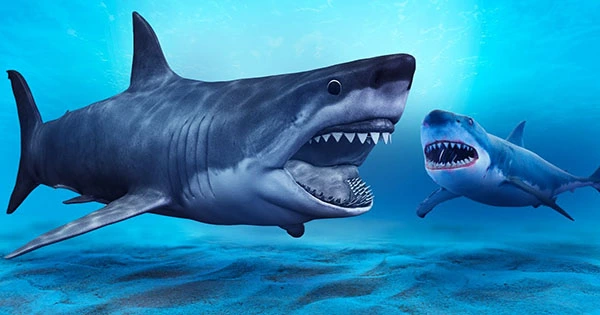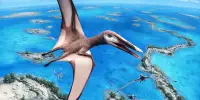The megatooth shark Otodus megalodon was a monster, measuring roughly 15 meters (50 feet) long and sporting fins the size of persons (though we don’t know for sure what they looked like). It’s tough to envision these massive apex predators being outcompeted, but recent study reveals that great white sharks may have played a role in the extinction of O. megalodon. Shark teeth are extremely valuable scientifically, in addition to being useful for slicing up prey. Teeth and comparative anatomy have been employed in the past to determine the size of ancient marine creatures.
Now, a new study published in Nature Communications examines the enamel of megalodon teeth to discover more about what they ate when living. Sharks’ diet can affect how much zinc is integrated into the enamel while they are growing new teeth (they never run out). Scientists may utilize zinc isotope levels to determine the toothy owners’ meals as well as their position in the food chain by working backwards.

In a statement, Thomas Tütken, professor at the Johannes Gutenberg University’s Institute of Geosciences, stated, “Here, we demonstrate, for the first time, that diet-related zinc isotope signals are retained in the highly mineralised enameloid crown of prehistoric shark teeth.” The teeth of O. megalodon, as well as 13 fossilized specimens and the teeth of 20 living shark species, were studied in this way. The database that resulted proved that zinc was a window into an animal’s trophic history, exposing information on shark diets as far back as 23 million years ago, when O. megalodon ruled dominant.
A study of great white sharks (Carcharodon carcharias) and megalodons (Carcharodon megalodon), two species that formerly coexisted during the Early Pliocene, revealed that they sat side by side on the food chain. This suggests they were hunting the same prey, such as whales, and hence fighting for the same resources. When you consider the animals’ proportions, the virtually overlapping trophic levels between megalodons and great whites are “really astonishing,” says Michael Griffiths, professor at William Paterson University. Our diddy small (in megatooth terms) great white would have been roughly 15 to 20 meters (49 to 66 feet) long, whereas O. megalodon was around 15 to 20 meters (49 to 66 feet) long (19 feet).
The specific reason of megalodon extinction is unknown, and while a few theories have been proposed in the past, the authors of this new study argue that it was most likely caused by a combination of causes, including climatic and habitat changes. They also show for the first time that the megalodon’s competition with great white sharks, despite their lesser size, might have been another nail in the megalodon’s coffin.
The research authors’ finding not only reflects a strange crossing in the history of two of Earth’s most powerful predators, but it also offers a fresh technique to understanding food that might have benefits outside shark ecology. In a statement, lead author Jeremy McCormack, a researcher at the Max Planck Institute for Evolutionary Anthropology and the Goethe-University Frankfurt, said, “Our research demonstrates the feasibility of using zinc isotopes to investigate the diet and trophic ecology of extinct animals over millions of years, a method that can also be applied to other groups of fossil animals, including our own ancestors.”














